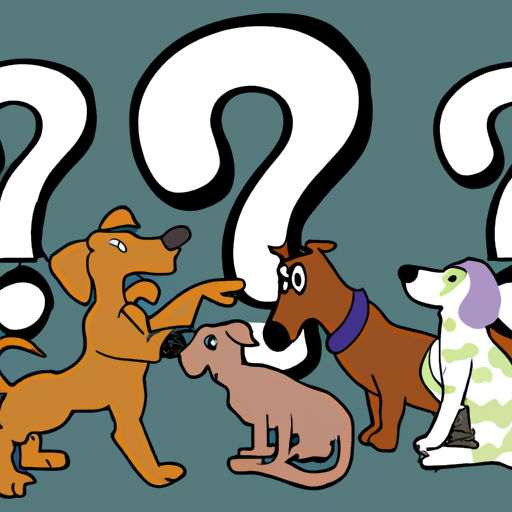As a caregiver, you are naturally inclined to understand and attend to the needs of those you care for. When it comes to our furry friends, understanding their behaviors can provide vital insights into their needs, emotions, and health. One such behavior is pointing. Yes, dogs point too! In this article, we will delve into the fascinating world of canine communication, particularly the meaning and importance of dog pointing.
H2: Understanding Canine Communication
Dogs have a language of their own, a complex system of vocalizations, body movements, and even facial expressions. Pointing is one of these body language signals that dogs use to communicate. It is a natural behavior, particularly prevalent in certain breeds like hunting dogs.
- Standing Still and Rigid: The dog will stand still, with its body rigid. One front paw might be raised off the ground.
- Directing Attention: The dog’s head, eyes, and even ears will be directed towards the object of interest.
Understanding these signals can greatly improve your relationship with your dog, and help you cater more effectively to their needs.
H2: Reasons Dogs Point
Dogs point for several reasons. Let’s delve into some of these:
- Prey Drive: Dogs, especially hunting breeds, point to indicate they have found prey. It is a way of showing their human partners where the prey is, without startling it.
- Curiosity: Dogs may point at something new or interesting, just like a human might point at a fascinating sight.
- Alertness: If a dog perceives a potential threat, they might point to alert their human companion.
H2: Interpreting the Point
Interpreting your dog’s point can sometimes be challenging. It requires careful observation and understanding of your dog’s behavior. Here’s a simple guide to help you:
| Dog’s Behavior | Possible Interpretation |
|---|---|
| Pointing at an object | Interest or curiosity |
| Pointing with a rigid body | Potential threat or prey |
| Pointing with wagging tail | Excitement or playfulness |
H2: Responding to Your Dog’s Point
Responding appropriately to your dog’s point can strengthen your bond and reinforce positive behaviors. Here are some suggestions:
- Acknowledge: Always acknowledge your dog’s point. This can be as simple as looking at what they’re pointing at, or verbally acknowledging their behavior.
- Respond Appropriately: If your dog is pointing because they’re curious about something, you might want to allow them to explore it (as long as it’s safe). If they’re pointing at a potential threat, you should take necessary precautions.
H2: Training Your Dog to Point
While pointing is a natural behavior in many dogs, it can also be encouraged and honed through training. Here are some tips:
- Start Early: The earlier you start training your dog, the better. Puppies are often more receptive to learning new behaviors.
- Use Positive Reinforcement: Reward your dog when they point correctly. This could be with treats, praise, or both.
- Be Consistent: Like any form of training, consistency is key. Keep training sessions regular and consistent.
FAQs
Q: Is pointing a sign of aggression in dogs?
A: Not necessarily. While a rigid body can indicate a potential threat, pointing itself is not a sign of aggression. It’s more of a communication tool used by dogs.
Q: How can I encourage my dog to point more?
A: You can encourage your dog to point more by rewarding them every time they point correctly. Positive reinforcement is a powerful tool in dog training.
Q: Is pointing limited to certain breeds?
A: No, pointing is not limited to certain breeds. However, it is more common in hunting breeds like Pointers and Setters.
Q: My dog doesn’t point. Should I be worried?
A: No, not all dogs point. It’s a behavior more common in certain breeds. If your dog doesn’t point, it doesn’t mean there’s anything wrong. They just might communicate in other ways.
Q: Can dogs be trained to point at specific things?
A: Yes, with consistent training, dogs can be trained to point at specific things. However, remember that pointing is a natural behavior linked to curiosity and prey drive, so it may not be possible to control it completely.
Understanding and responding to your dog’s point can not only improve your relationship with them but also provide insights into their needs and emotions. As a caregiver, this knowledge is invaluable in ensuring the wellbeing and happiness of your furry friend. So the next time your dog points, take a moment to understand what they’re trying to communicate. You might be surprised at what you learn.



